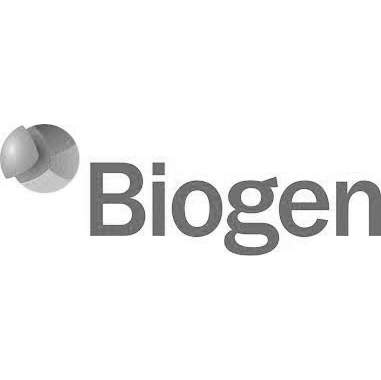Clinical expertise in rare diseases is very limited. Therefore, patient and/or parents of patients with rare diseases are highly motivated and knowledgeable
Self-enrol – this motivates patients to enter demographic data and the doctor to complete the clinical enrol data.
Patient engagement – this encourages patients to enter outcome data such as QoL
Rare Disease patients and their parents are constantly interacting with new care givers.
Completing forms is a major overhead. Providing patients with a Diagnostic and Demographic data report simplifies form filling for new doctor visits.








